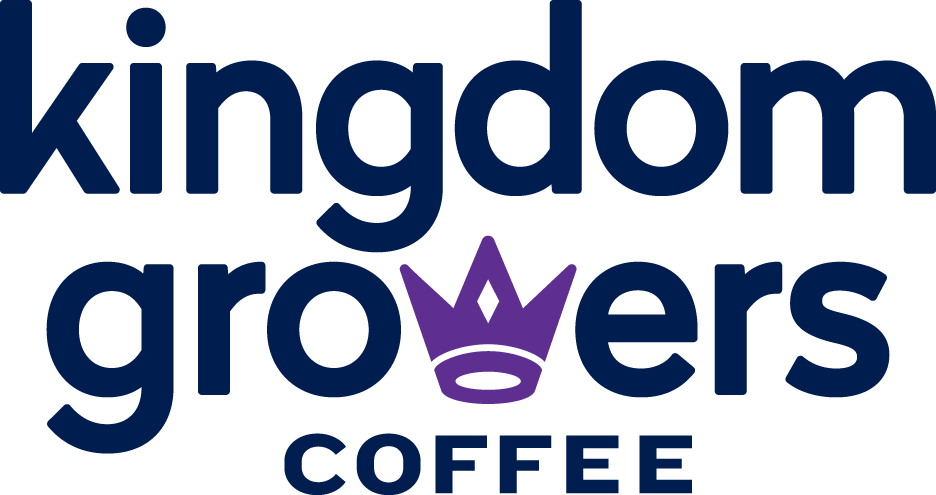The Pourover Process, Part One: Science and Small-Batch Brewing
 Been to a high-end coffee shop lately? Seen the baristas pour boiling water into cone-shaped contraptions full of coffee grounds? That’s called “pourover” brewing, and it elevates coffee making to an art.Well, it’s an art mixed with a decent amount of science.In this first part of our pourover blog series, we’ll take you through the mechanics of this brewing method. Check back for tips, variations, and more.
Been to a high-end coffee shop lately? Seen the baristas pour boiling water into cone-shaped contraptions full of coffee grounds? That’s called “pourover” brewing, and it elevates coffee making to an art.Well, it’s an art mixed with a decent amount of science.In this first part of our pourover blog series, we’ll take you through the mechanics of this brewing method. Check back for tips, variations, and more. The advantage of pourover brewing lies in the way water extracts flavor from the coffee beans. The barista pours the boiling water over the grounds, which sit in a filter inside those cones. The water seeps through, creating a drink that drips into a coffee cup or pot. This method surrounds the grounds with a stream of new, fresh water, as opposed to coffee machines, which emit short bursts of it. While the pourover method produces fewer cups at a time, its product is rich, fast, and robust.Pourover brewing can make delicious coffee, but it’s also a bit temperamental. Coffee lovers might have to practice the method to get the temperatures and water ratios just right. The process involves a lot of trial and error, but for many coffee lovers, it’s a craft that’s worth the time.A pourover brew has three general phases: wetting, dissolution, and diffusion.WettingThis is simply the phase in which you wet the coffee grounds. When hot water hits them, a chemical reaction takes place and releases carbon dioxide. However, water can’t get into the beans while CO2 is escaping. So, you must use a small amount of water and wet the grounds to preemptively release the gas. It will only take about 30 seconds or so. The grounds will swell in what professionals call a “bloom.”DissolutionAfter wetting and waiting, you pour a continual stream of hot water over your ground-up beans. This dissolves “solubles” in the coffee grounds’ cells—so basically, it extracts flavor. This might seem like a simple stage, but it’s very important to stop pouring water at the perfect time. Over-brewing can exhaust the flavor and less-than-tasty substances in the beans can start to dissolve, as well.Diffusion During the diffusion stage, solubles leave the grounds’ cells through osmosis and enter the water. This water then drips into a waiting coffee cup or pot placed below the cone.That’s it! The next phase involves raising your mug and taking a sip. Of course, the details of the process get complicated. We’ll delve into them in the coming weeks.But, while you’re waiting for the next installment, pick out a new coffee to try as a pourover.
The advantage of pourover brewing lies in the way water extracts flavor from the coffee beans. The barista pours the boiling water over the grounds, which sit in a filter inside those cones. The water seeps through, creating a drink that drips into a coffee cup or pot. This method surrounds the grounds with a stream of new, fresh water, as opposed to coffee machines, which emit short bursts of it. While the pourover method produces fewer cups at a time, its product is rich, fast, and robust.Pourover brewing can make delicious coffee, but it’s also a bit temperamental. Coffee lovers might have to practice the method to get the temperatures and water ratios just right. The process involves a lot of trial and error, but for many coffee lovers, it’s a craft that’s worth the time.A pourover brew has three general phases: wetting, dissolution, and diffusion.WettingThis is simply the phase in which you wet the coffee grounds. When hot water hits them, a chemical reaction takes place and releases carbon dioxide. However, water can’t get into the beans while CO2 is escaping. So, you must use a small amount of water and wet the grounds to preemptively release the gas. It will only take about 30 seconds or so. The grounds will swell in what professionals call a “bloom.”DissolutionAfter wetting and waiting, you pour a continual stream of hot water over your ground-up beans. This dissolves “solubles” in the coffee grounds’ cells—so basically, it extracts flavor. This might seem like a simple stage, but it’s very important to stop pouring water at the perfect time. Over-brewing can exhaust the flavor and less-than-tasty substances in the beans can start to dissolve, as well.Diffusion During the diffusion stage, solubles leave the grounds’ cells through osmosis and enter the water. This water then drips into a waiting coffee cup or pot placed below the cone.That’s it! The next phase involves raising your mug and taking a sip. Of course, the details of the process get complicated. We’ll delve into them in the coming weeks.But, while you’re waiting for the next installment, pick out a new coffee to try as a pourover.
